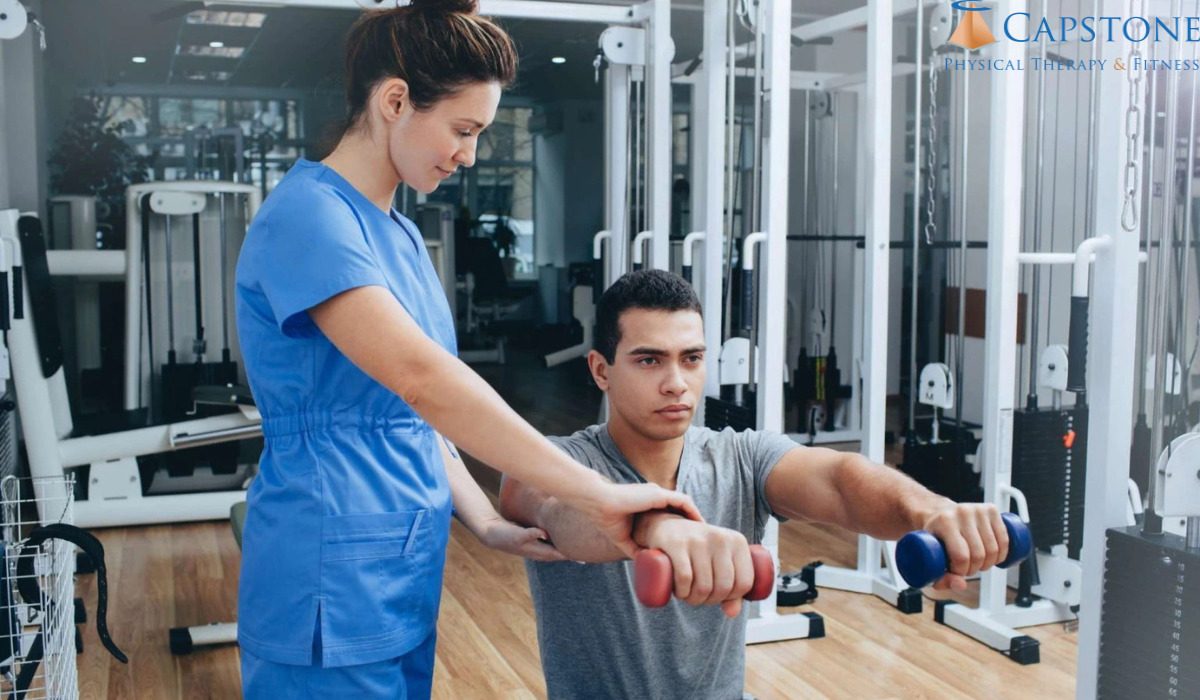Recovering from surgery can be a challenging and lengthy process. The path to regaining full mobility and function often requires more than just rest; it involves a structured approach to rehabilitation. Physical therapy is an essential component of post-surgery recovery, offering targeted strategies to help patients restore mobility, manage pain, and accelerate healing. This blog post will explore how physical therapy can aid in post-surgery rehabilitation, focusing on techniques to restore mobility and manage pain and swelling for a faster recovery.
Restore Mobility and Function After Surgical Procedures
Surgical procedures, especially those involving joints, muscles, or bones, can significantly impact a person’s ability to move and function normally. After surgery, it’s common to experience stiffness, reduced range of motion, and muscle weakness. Physical therapy plays a crucial role in addressing these issues by developing a tailored rehabilitation program that helps patients regain strength, flexibility, and mobility.
A physical therapist will begin by assessing your current physical condition and understanding the nature of your surgery. Based on this assessment, they will design a personalized exercise regimen that gradually restores function. These exercises may include range-of-motion activities, strength training, and balance exercises. The goal is to promote healing while avoiding undue stress on the surgical site.
Patients looking for expert physical therapy services can find specialized care designed to address post-surgery rehabilitation needs. With professional guidance, individuals can safely and effectively work towards regaining their pre-surgery level of activity.
Manage Pain and Swelling to Promote Faster Recovery
Pain and swelling are common after surgery, and managing these symptoms is vital to prevent complications and encourage a smooth recovery. Physical therapists use a variety of techniques to help control pain and reduce swelling, such as manual therapy, ice and heat treatments, and electrical stimulation. These methods can help alleviate discomfort, improve circulation, and speed up the healing process.
In addition to these techniques, therapists also educate patients on proper post-surgery care, including how to move safely, manage daily activities, and use assistive devices if needed. This education is crucial for preventing re-injury and ensuring that patients can manage their pain effectively at home.
For individuals recovering from surgery, accessing physical therapy Sewell NJ can provide the comprehensive support needed to manage pain and swelling. These services focus on creating a balanced approach to pain management that combines physical therapy techniques with patient education.
Conclusion
Post-surgery rehabilitation is a critical phase of the recovery process, and physical therapy offers a proven method to help patients restore mobility and manage pain. By focusing on personalized care plans that include exercises to regain strength and flexibility, and techniques to control pain and swelling, physical therapy can significantly enhance the recovery experience. Whether you’re seeking physical therapy in Monroe NJ or another location, finding a skilled therapist who understands your unique needs is essential. With the right support, you can achieve a successful recovery and return to your normal activities sooner. Don’t let surgery hold you back—explore the benefits of physical therapy today and take the first step towards a healthier, more active life.




